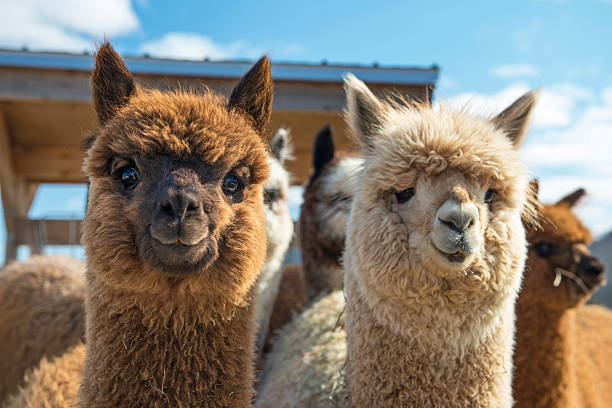Unveiling the World of Therapy Llamas: An Unconventional Approach to Animal-Assisted Therapy
As our understanding of mental health continues to evolve, so too do the methods we employ to ensure its maintenance. Beyond traditional therapy and medication, animal-assisted therapy has emerged as a powerful tool in promoting psychological wellbeing. Dogs and horses have long held the spotlight in this field, but a new, unconventional participant has trotted into the fray: the llama. This article explores the rise of therapy llamas, discussing their historical use, their impact on mental health, and the potential they hold for the future of therapeutic practices.

Llamas: A Historical Perspective
Llamas, known for their calm demeanor and gentle disposition, have been domesticated for thousands of years. Originally found in the harsh landscapes of the Andes Mountains in South America, these hardy creatures have been used for transportation, wool, meat, and companionship. Their historical significance extends even further, with llamas playing a key role in the Inca civilization’s social and economic structure. Today, they are finding a new purpose in the health and wellness sector, serving as therapy animals for individuals struggling with mental health issues.
The Emergence of Therapy Llamas
The use of therapy llamas is a relatively recent phenomenon that has gained traction over the past decade. Their calm demeanor and unique ability to connect with humans make them ideal for therapeutic interactions, especially for individuals with anxiety, depression, or post-traumatic stress disorder (PTSD). Therapy llamas have been utilized in a variety of settings, including hospitals, nursing homes, schools, and rehabilitation centers.
The Impact of Therapy Llamas on Mental Health
Studies have shown that interaction with therapy llamas can result in lower blood pressure, reduced anxiety, and improved mood. Their large, expressive eyes and gentle nature can create a sense of calm and comfort, often leading to increased social interaction and communication. Additionally, caring for a llama can provide a sense of responsibility and purpose, further enhancing mental wellbeing.
The Market for Therapy Llamas
While the use of therapy llamas is still a niche market, it is rapidly expanding. The cost of owning a therapy llama varies, typically ranging from $500 to $5,000 depending on the llama’s age, health, and training. However, the positive impact these animals can have on mental health makes them a worthy investment for many individuals and organizations.
The Future of Therapy Llamas
The potential for therapy llamas in the realm of mental health is vast. As research continues to reveal the benefits of animal-assisted therapy, it’s likely that llamas will continue to trot to the forefront of this field. With their unique combination of gentleness, intelligence, and empathy, llamas offer promise as unconventional, yet highly effective, therapy animals.
In conclusion, the world of therapy llamas is a fascinating landscape to explore. As we continue to seek out innovative methods of promoting mental health, the role of these gentle giants will undoubtedly continue to expand. Whether they’re offering comfort in a hospital room or providing companionship to those struggling with mental health issues, therapy llamas are proving that sometimes, the best support comes on four legs.




